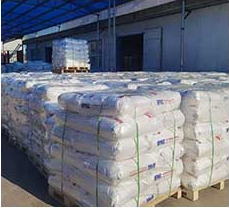news

The difference between instant and slow dissolving hydroxypropyl methyl cellulose (HPMC)
(hereinafter referred to as HPMC) can be divided into instant type and slow-dissolving type. Instant hydroxypropyl methyl cellulose HPMC refers to the use of cross-linking agent to treat its surface during the production process, so that HPMC can be quickly dispersed in cold water, but it is not really dissolved. After uniform stirring, the viscosity slowly rises before it dissolves; slow-dissolving HPMC can also be called hot-soluble products. At a certain temperature, the viscosity will gradually appear until a transparent viscous colloid is formed.
The physical and chemical indicators of fast-dissolving and slow-dissolving HPMC are the same, but they are different in the scope of application. Slow-dissolving HPMC is mainly used in dry-mixed mortar such as mortar and putty. After uniform dry mixing, HPMC is separated by other materials, and viscosity will appear immediately after adding water, and will not clumping; in glue and coatings, clumping will occur, and it must be dissolved with warm water or fully stirred.
The application range of instant HPMC is wider than that of slow-dissolving HPMC. It can be used in lime-calcium-based putty and cement-based mortar, as well as in glue and paint. Under alkaline conditions, instant HPMC quickly reaches the calibrated viscosity; Its working time is still not as good as cement-based and gypsum-based products, so some alkaline substances must be added to improve the sticking time of HPMC.
0users like this.

